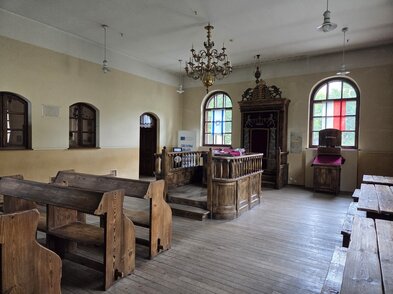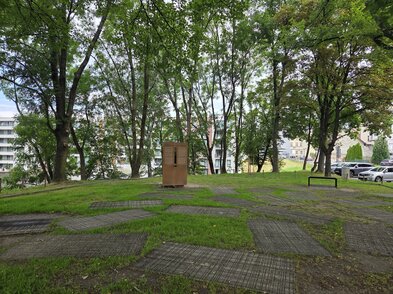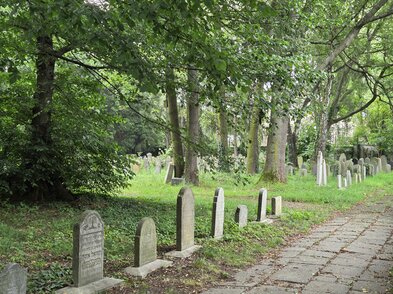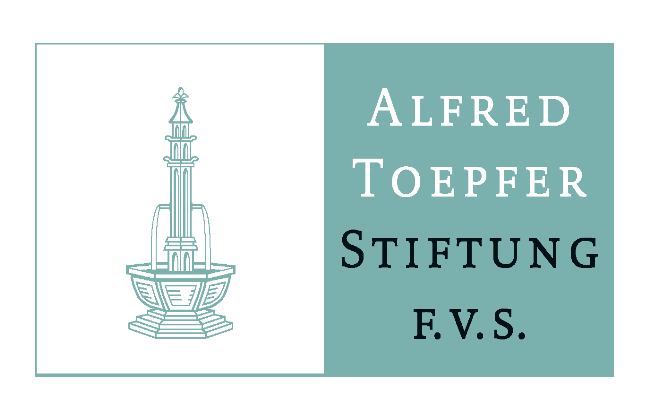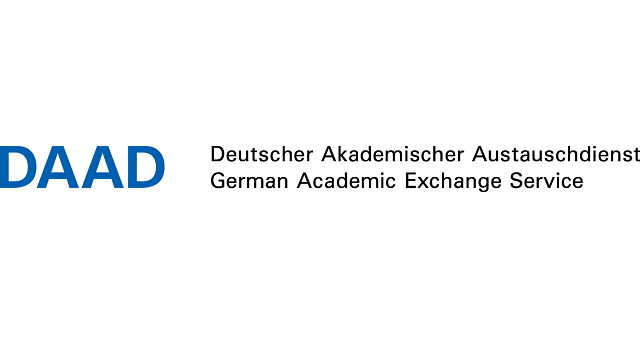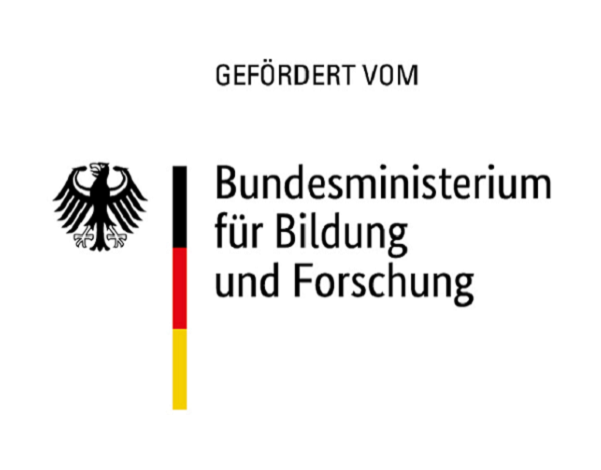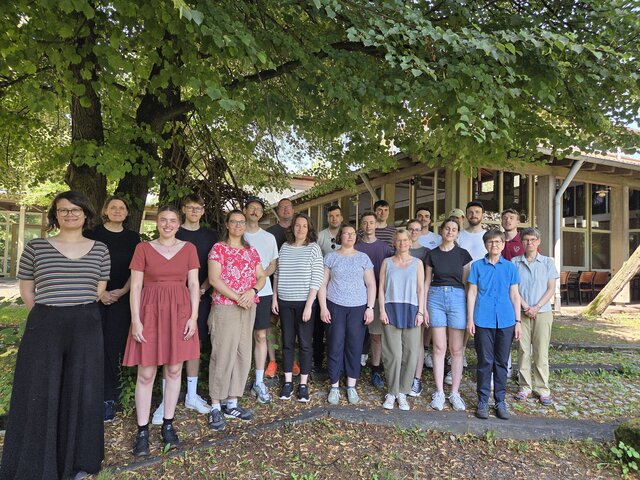
Seminar with Study Trip to Oświęcim
In the summer semester of 2025, Prof. Dr. Birthe Kundrus and Dr. Kim Wünschmann led a seminar for master students in the Department of History at Universität Hamburg entitled “‘Zone of Interest’: KL Auschwitz in History and Memory.” The seminar included a study trip that took 21 participants to Oświęcim and the Memorial and Museum Auschwitz-Birkenau in July 2025. An exploration of the various sites of the former camp complex revealed multifaceted topographies of violence which were discussed in the context of theories and methods of historical research and memory studies.
The Auschwitz concentration and extermination camp, established by the SS in the spring of 1940, occupied a special place in the network of the Nazi camp system that stretched across large parts of Europe. At least 1.1 million people died at Auschwitz, the vast majority of them Jews, but also Sinti and Roma, Polish opposition members, Soviet prisoners of war and others.
The excursion, organized in collaboration with Dr. Andreas Kahrs and what matters, included visits to the three former sites: the main camp (Auschwitz I), Auschwitz-Birkenau (Auschwitz II), and Auschwitz-Monowitz (Auschwitz III), adjacent to the I.G. Farben factory.
Auschwitz was not only the scene of mass crimes, genocide and a hub for the forced labour deployment of camp prisoners, but also a core area of Nazi settlement and “Germanization” policies where ideology and war economy converged. The excursion examined the location of the camp complex in the SS-restricted area, the so-called “zone of interest”, and highlighted the connections between the camp and the town, which, according to plans by architect Hans Stosberg, was to be developed into the “model town of Auschwitz” – also for the employees of I.G. Farben.
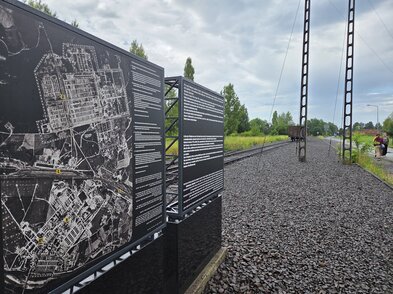
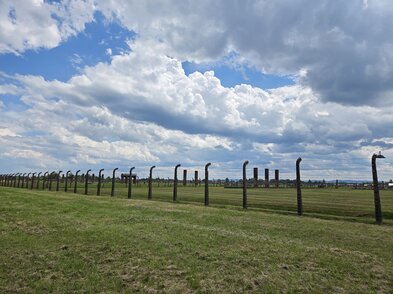
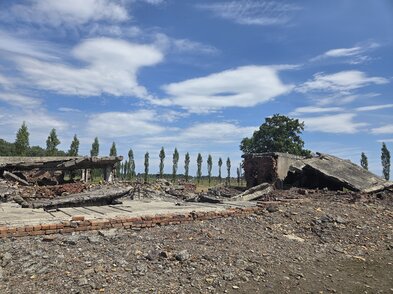
Participants learned about the local Jewish history through the Auschwitz Jewish Center, established in 2000, and the Oshpitzin Jewish Museum in Oświęcim/Auschwitz. Integrated into the museum is the only surviving synagogue in Oświęcim, the Chevra Lomdei Mishnayot Synagogue. Since November 2019, a memorial park marks the outline of the former Great Synagogue, which had been destroyed by the Germans in November 1939. During a visit to the Jewish cemetery, preserved matzevot (gravestones) with Hebrew, Yiddish, Polish and German inscriptions were found. The cemetery had been closed and devastated by the Germans in 1941, after the deportation of the local Jewish population. After the war, survivors of the Shoah restored it.
The International Youth Meeting Center (IYMC) in Oświęcim served as accommodation and seminar center for the group. The six-day stay allowed for an exceptionally intensive study of the gigantic dimensions of the camp complex, which made it possible to understand how complex “Auschwitz” was.
The study trip was funded by the Axel Springer Stiftung, the Alfred Toepfer Foundation F.V.S. and Hamburglobal, a funding programme of Universität Hamburg for study abroad.
Images: Kim Wünschmann



